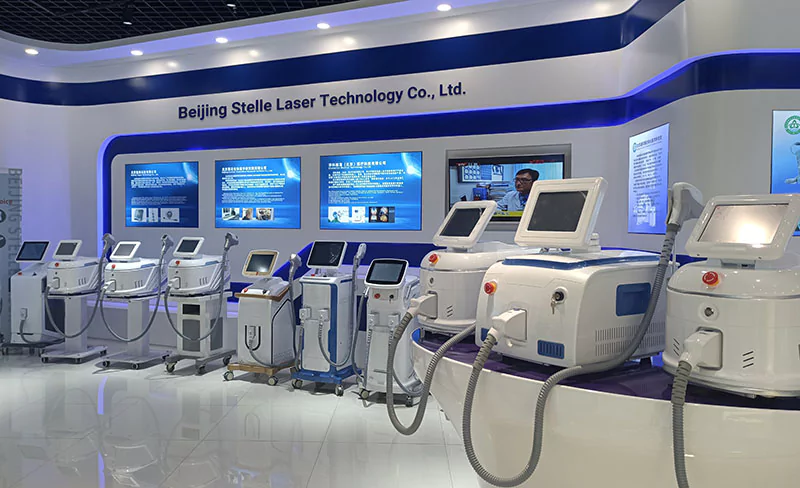What is Photorejuvenation?
Photorejuvenation is actually intense pulsed light, which is a broad-spectrum light that covers a variety of target color groups, such as melanin, hemoglobin, water etc. And acts on various melanin, capillaries in the skin through the target color groups to solve skin problems.
①Skin whitening: intense pulsed light can quickly and effectively break down facial pigment particles and abnormally expanded capillaries. After treatment, you will find that the spots on your face have become lighter and the flushing has subsided. Say goodbye to dull and yellowish skin.
②Full face rejuvenation: It can improve the overall quality of the skin and effectively improve acne scars, wrinkles, enlarged pores, and photoaging skin. Fine lines slowly fade and fade, pore shrink, and the skin seems to shed its rough outer shell, become smoother, brighter and translucent than ever before.
③Improve firmness: The light source containing near-infrared light used in the photorejuvenation device can effectively stimulate collagen proliferation, making the skin plump, firm and elastic.
Possible side effects of photorejuvenation
Among many medical aesthetic projects, photorejuvenation is relatively safe because it is a non-exfoliative treatment method that works on the target site and will not damage normal skin tissue under normal operations. If the operation is not standardized, or the pulse light parameters do not match the skin problem, the following “side effects” may also occur.
①: Pigmentation. During photorejuvenation treatment, if the energy of pulsed light is too high, it can easily induce melanin hyperplasia in normal skin tissue, thereby causing pigmentation. In addition, after photorejuvenation treatment, lack of post-operative care and strict sun protection can easily lead to pigmentation.
②: Facial flushing. A few people may experience flushing on their face after photorejuvenation treatment. This is a normal reaction after photorejuvenation treatment. You don’t need to worry too much. It will disappear on its own after 30-60 minutes.
③: Blisters. In photorejuvenation treatment, the chance of blisters appearing is really very low. Only when the energy absorbed by the skin exceeds its own endurance, may scabs and blisters appear.
Pay attention to care after finishing:
1. Day 0-1 after treatment
It is a normal reaction for your skin to feel some burning sensation just after photorejuvenation. Apply the medical mask for 15 minutes and quickly soothe and calm the skin. Pay attention to physical sun protection (sun umbrella + wear a wide-brimmed hat).
2. Day 2-3 after treatment
It is recommended to use one medical mask every day, and after 3 days, it is recommended to use one mask every 2-3 days. Normally use water to cleanse, basic water emulsion cream to moisturize, physical sunscreen, and light makeup.
3. Day 4-5 after treatment
If you have dry skin, your face will be slightly tight at this stage, and you need to strengthen moisturizing and apply a medical mask in the morning and evening, and the time should be controlled within 15 minutes. If you don’t have time, you can choose moisturizing spray or moisturizing products suitable for sensitive skin for hydration. Normal skin care (do not use functional skin care products) and physical sunscreen are enough.
4. Day 6-7 after treatment
You can cleanse your face normally and moisturize it, and your face has basically recovered. Avoid staying up late (it is recommended to go to bed before 11 p.m.) to maintain the best repair state, reduce adverse skin irritation, and establish good living habits.
ps: If you have sensitive skin, it is recommended to reduce the number of times you apply facial masks. Avoid eating light-sensitive foods like celery for a week. Do not use irritating skin care products containing fruit acids, A acids, vitamin C, exfoliants, and alcohol.





